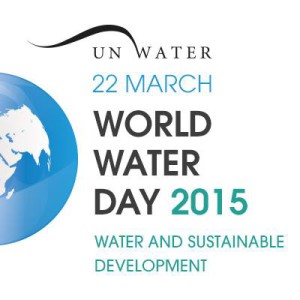 On World Water Day 2015, ARCSA, as well as dozens of other organizations, stepped up to encourage the use of rainwater collection as a vital tool in efforts to deal with local and global water-related issues existing today. According to ARCSA, “Rainwater provides numerous benefits:
On World Water Day 2015, ARCSA, as well as dozens of other organizations, stepped up to encourage the use of rainwater collection as a vital tool in efforts to deal with local and global water-related issues existing today. According to ARCSA, “Rainwater provides numerous benefits:
- Rainwater is a valuable resource that is underutilized. Its harvest and use can alleviate challenges related to water resources, potable, non-potable, and stormwater, and energy for pumping water.
- Local rainwater harvesting solutions enhance water security and provide important relief to households and communities. All around the world, rainwater infiltration, and collection, storage and use offer benefits for the environment, wildlife and humans, e.g. improved water quality and availability for urban areas, industry and agriculture.
- It is time for rainwater catchment to be included in the development plans of all governmental agencies as part of their integrated watershed management strategies.
- Introduction of the concept of rainwater management – maximizing rain’s benefits as a vital resource while minimizing potential rain hazards – to curricula of technical schools and universities will bring future benefits to urban planning, architectural and agricultural projects.”
The United Nations has designated March 22 as World Water Day, celebrated annually, and this year the focus topic was Sustainable Development and how water links to all areas – health, nature, urbanization, industry, energy, development and food. See more below:
In conjunction with World Water Day, the UN releases its comprehensive annual report – the World Water Development Report, which addresses world water issues and promotes sustainability.
Click here to download the full report, which offers several anecdotes and case studies of how rainwater harvesting is being used worldwide to mitigate the effects of over population, aging infrastructure, drought and stretched resources.

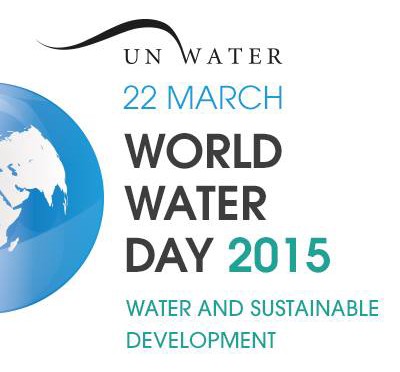
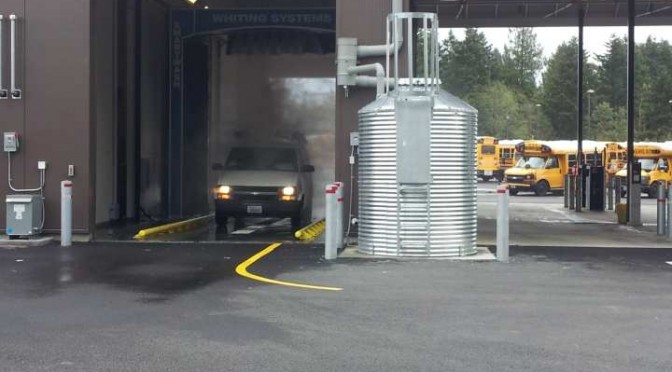
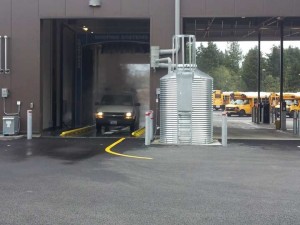 The most common use of rainwater collection is for non potable use. Irrigation, water features, wash down, toilet, and laundry are all non potable uses that can have a positive effect on water conservation. A properly designed and installed rainwater collection system will provide enough water to support these desired uses with less impact on our water supply.
The most common use of rainwater collection is for non potable use. Irrigation, water features, wash down, toilet, and laundry are all non potable uses that can have a positive effect on water conservation. A properly designed and installed rainwater collection system will provide enough water to support these desired uses with less impact on our water supply.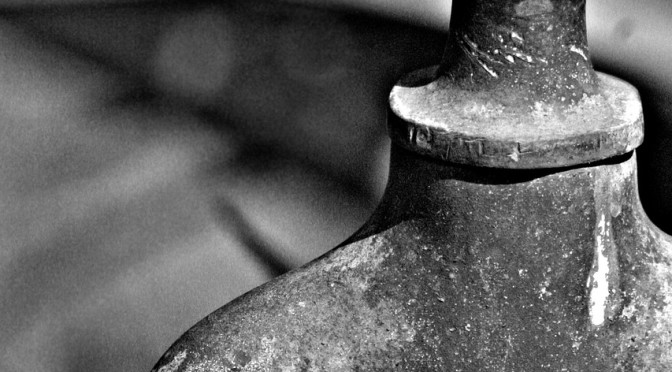
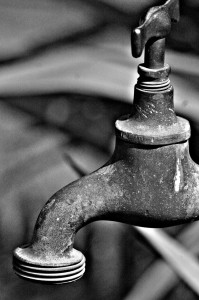 According to the
According to the